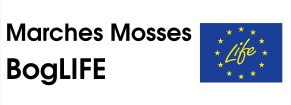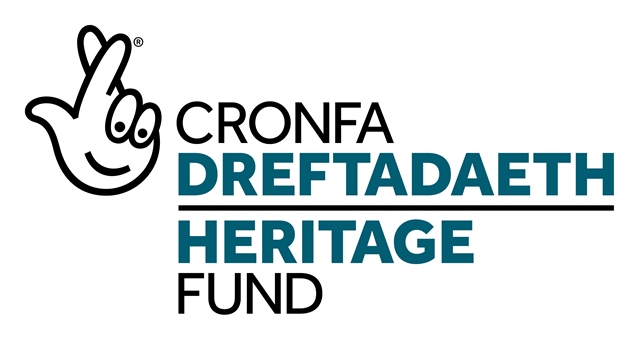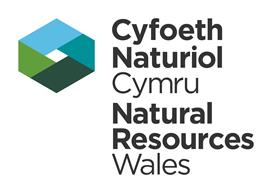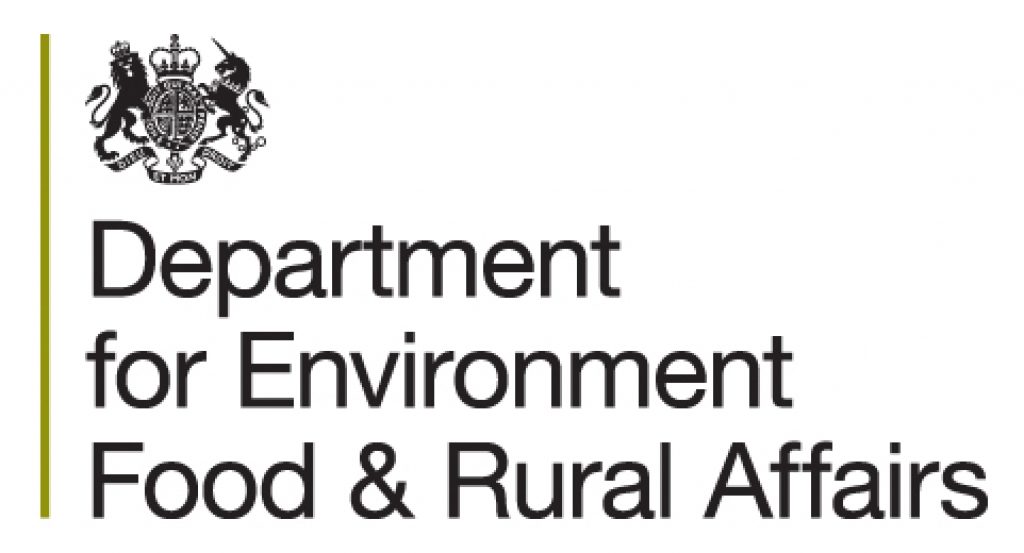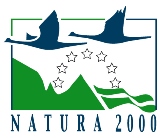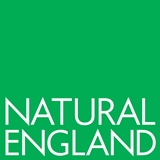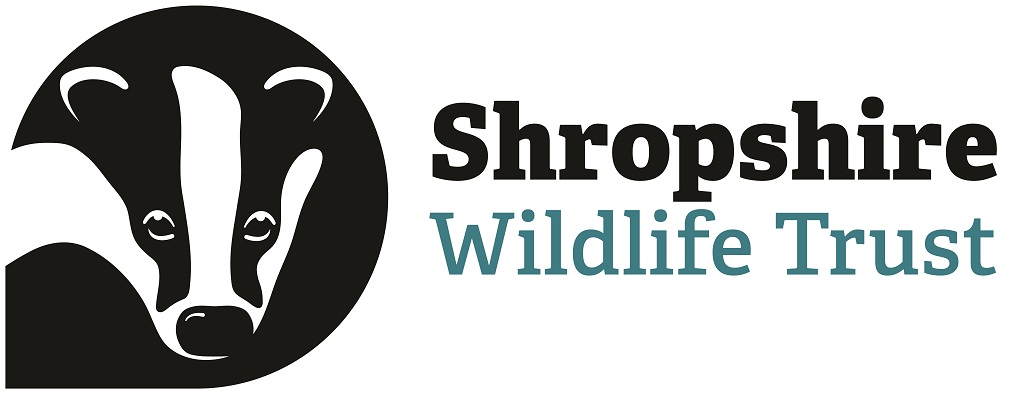REMINDER: Invitation to Tender – Viewfinder Interpretative Panels
May 15, 2020
To Supply Six “Viewfinder” Interpretative Panels
Note: Please be aware that links on this page take you to third party websites.
Overview of Shropshire Wildlife Trust (the contracting organisation)
Note: Please be aware that the links on this page will take you to an external website.
Shropshire Wildlife Trust is a charity founded in 1962 and dedicated to the conservation of Shropshire’s wildlife species and habitats. The Trust plays an important role in providing information and education for all ages on how to observe, enjoy and protect wildlife. The Trust owns/manages 40 nature reserves throughout Shropshire. Its headquarters is also a visitor centre in Shrewsbury.
Shropshire Wildlife Trust is a registered charity number 212744 and a company registered in England and Wales, number 729746. Registered Address 193 Abbey Foregate, Shrewsbury, SY2 6AH www.shropshirewildlifetrust.org.uk
Project Background
The Marches Mosses BogLIFE project (LIFE15 NAT/UK/000786) is a five year project running from 1 October 2016 to 31 December 2021. The project aims to restore Britain’s 3rd largest lowland raised bog within the Fenn’s, Whixall & Bettisfield Mosses and Wem Moss NNRs (National Nature Reserve) near Whitchurch, Shropshire and Wrexham in Wales. The LIFE project is led by Natural England working in partnership with Natural Resources Wales and Shropshire Wildlife Trust. The multi-million pound project is supported by an EU LIFE grant and The National Lottery Heritage Fund.
More information can be found at www.themeresandmosses.co.uk
The partnership will restore lowland raised peatbog and marginal fen habitat but also improve the intellectual and physical access to the Mosses. Part of this is a range of interpretive materials for visitors to the Mosses, the first of which is a series of ‘viewfinder panels. Further opportunities are expected to follow for interpretation in a bird hide, a viewing platform and car park.
Tender location
Morris’ Bridge Car Park is located to the west of the dispersed settlement of Whixall close to the Welsh Border. The site is located 5.3 miles north of Wem and 6.5 miles south west of Whitchurch.
The six viewfinder interpretative panels will be sited at strategic locations on the “Green Trail” which is a 1.5 mile circular walk located in the South of Whixall Moss, starting and finishing at Morris’s Bridge car park. https://my.viewranger.com/route/details/NTQ5NTg
The postcode for Morris bridge car park is SY13 2RX.
An NNR leaflet describing the Mosses can be found here:
https://whitchurch.info/wp-content/uploads/2014/11/12221-NE_NNR_Fenns__Whixhall_TAG_ENGLISH.pdf
The Tender is for supply only of six viewfinder interpretive panels which will relate to the Marches Mosses. The panels will be installed by NE staff.
Specification
Whilst the six viewfinder panels will be of the same generic design, we require each of the six panels to tell a different story associated with the Moss, from glacial times to relative recent use of the Moss. The six themed panels are as follows:
- Glacial landscape
- The formation of peat
- Wildlife rich Moss
- Canal history
- Scrapyard clean up
- Moss restoration
Five of the above themed panels (all but the wildlife rich panel) should use a combination of text and images which will give the user the impression that they are looking at “ghost images” of the past through the viewfinder panel.
The sixth panel (Wildlife rich Moss) should use the same “ghost” imagery and text to highlight wildlife rich habitat. Please refer to Appendix 1 for concepts – there is scope for bidders to apply their own imagination to these concepts.
The viewfinder panels should appeal to adults but, ideally, also include features that would appeal to children such as tactile elements. They should be tall enough for an adult to “look through” and have sufficient depth for them to be securely anchored below ground.
Materials should be durable, inert and sustainable with minimal maintenance implications. Materials could include timber, sheet metal or recycled plastic for example.
The end result should visually complement the special habitat of the NNR and should not distract from it.
All images and text will be supplied by Shropshire Wildlife Trust and will be designed to fit within the spatial limitations of the panels designed by the successful tender.
Costs and Timescales
| Activity | Date / time |
| Issue of Contract Notice / availability of ITT documents | 1st May 2020 |
| Deadline for submission of ITT responses by potential suppliers (Tender Response Deadline) | 5 pm on 31st May 2020 |
| Contract offered to winning supplier | 15th June 2020 |
We have a budget of £5,000 (inclusive of VAT).
We would consider installing 5 rather than 6 panels if the design, materials and concept were exceptional.
Tender Response
Shropshire Wildlife Trust exists to protect wildlife for the future; sustainability is at the heart of the Trust’s activities. However, we recognise that through our operations we can have an adverse impact on the environment. We will therefore seek to minimise any negative environmental impacts and to achieve continuous improvement in our environmental performance.
We seek tenders that are in keeping with our Environmental Policy. For further information please see our Environmental Policy and our Environmental Sustainability Policy (Appendix 2 and 3).
Please supply a response including:
- A covering letter explaining your past experience and suitability for the contract
- Examples of previous work and references
- An overview of your methodology and approach
- Detail of the materials you will use, how you will meet the brief, what practices will support SWT’s environmental considerations
- What your availability is for completing the work
- Project schedule with milestones
- Total cost (inc. VAT if relevant) with itemised quotation
- On all documents please quote: Marches Mosses BogLIFE Project (LIFE15 NAT/UK/000786)
Your tender response must remain open for acceptance by SWT for a period of 90 days from the Tender Response Deadline. A tender response not valid for this period may be rejected. The successful supplier will be required to complete an approved contractor’s questionnaire before the contract can be let.
Quotes should be returned by email to [email protected]by 5pm on 31st May 2020.
Criteria
Quotes will be scored against the following criteria to achieve best value:
- Ability to deliver the works (proven track record, relevant past experience and availability) – 50%
- Cost – 45%
- Empathy of the Trust’s environmental sustainability policy and environmental procurement policy – 5%
Contact & Further Information
For an informal discussion please contact Michael Clifton:
Phone: 01691-780733
Email: [email protected]
Coronavirus Lockdown
In normal circumstances, a contractor may wish to visit the Moss to gain a better understanding of the above Invitation to Tender or to arrange a site meeting to talk through concepts.
However, during coronavirus restrictions, all of the UK’s National Nature Reserves, car parks and visitor facilities are closed until further notice, including the Fenn’s, Whixall and Bettisfield Mosses NNR. Therefore, you will not be able to visit the Mosses. If you submit a tender, we will let you know when the restrictions are lifted.
We acknowledge that during the coronavirus outbreak, contractors may find it difficult to obtain materials or may be experiencing staff shortages. We wish to reassure contractors that we will take this in to account during the tender process and in the successful delivery of the above tender and timescales outlined. If contractors are experiencing difficulties, please contact Michael Clifton on 01691 780733 or email [email protected]
On all documents please quote:
Marches Mosses BogLIFE Project (LIFE15 NAT/UK/000786)
Appendix 1 – Concept Images for Viewfinders
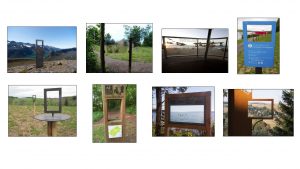
Appendix 2 – Shropshire Wildlife Trust Environmental Policy
Shropshire Wildlife Trust is committed to the adoption of environmentally responsible policies and practices, linking directly from our Mission Statement objective of protecting wildlife and natural places throughout Shropshire. The Trust is committed to ensuring that any of its activities which have negative environmental impacts are minimised, whilst activities with positive impacts are maximised. At the same time all its policies, processes, procedures and activities will comply fully with all environmental legislation. Specifically, we will:
- Maximise biodiversity benefits within all our activities, promoting the use of native and/or local provenance seed and plants where possible.
- Promote reduction in the consumption of all materials whilst encouraging re-use and recycling wherever possible, particularly with respect to paper.
- Minimise our use of vehicle fuel, by sharing cars and using public transport where possible. We will ensure our fleet is serviced to ensure maximum fuel efficiency.
- Manage energy use in all areas of the business.
- Continually strive to prevent pollution, and minimise waste at all times.
- Purchase equipment/stationery and other materials that are either recycled, use recycled materials or can be recycled by an appropriate method.
- Place more of our business with suppliers who minimise the impact of their activities on the environment, particularly those who operate take-back schemes for office equipment and stationery.
- Promote environmental awareness and responsibilities to all Shropshire Wildlife Trust employees, including volunteers and students.
- Strive to continually improve our environmental performance.
Appendix 3 – Shropshire Wildlife Trust Environmental Sustainability Policy
Shropshire Wildlife Trust exists to protect wildlife for the future; sustainability is at the heart of the Trust’s activities. However, we recognise that through our operations we have an adverse impact on the environment. We will therefore seek to minimise any negative environmental impacts and to achieve continuous improvement in our environmental performance.
As biodiversity is the core business of the Trust, this is not covered here. This policy covers the wider environmental impacts which the Trust needs to consider.
1. ENVIRONMENTAL LEGISLATION
The Trust will keep abreast of and comply with all environmental legislation.
- Staff will keep up to date with environmental legislation, integrate changes into policies and procedures and communicate these to staff/volunteers/contractors
- We will undertake environmental impact assessments for major projects
2. EDUCATION & INFORMATION
The Trust will raise awareness of environmental issues amongst staff, volunteers and members and encourage the use of best environmental practice by:
- Communicating the sustainability policy to all existing staff and to all new starters as part of the induction process
- Raising awareness of sustainability amongst our members
- Acting as an advocate for sustainability when talking to partners
3. PURCHASING & FINANCE
Sustainability will be an important consideration for the Trust when making decisions regarding the purchase of goods and services. We will:
- Purchase from/invest in companies that have strong environmental polices and performance and a good record of corporate responsibility
- Purchase products which have environmental/sustainability accreditation e.g. FSC timber
- Purchase goods which are recycled/recyclable where possible
4. WASTE
The Trust will identify its waste streams and seek to minimise their environmental impact. We will:
- Operate according to the 4 Rs – reduce, reuse, repair, recycle
- Ensure vehicles, machinery, tools and equipment are regularly maintained to extend lifespan
5. TRANSPORT
The Trust will seek to reduce the environmental impacts of transport being used directly or indirectly as a result of Trust operations. We will:
- Purchase goods and services locally
- Promote the use of public transport/bicycle by visitors to our reserves
- Investigate fuel efficient/low emission options when sourcing new Trust vehicles
- Encourage staff to use public transport to attend training courses, conferences etc
- Seek to avoid travel where staff can practically use teleconferencing
6. ENERGY USE
The Trust will seek to reduce energy use resulting from its operations and to support the use of renewable energy where this does not conflict with the objective of protecting wildlife. We will:
- Use low energy lighting in Trust offices
- Reduce electricity use through e.g. ensuring lights are turned off when offices are not in use, turning off computers, printers etc when not in use
- Seek to use an energy supplier with a renewable energy price plan
- Ensure that Trust buildings use energy efficiency/renewable energy technology where possible
7. POLLUTION
The Trust will seek to minimise all forms of pollution resulting from its activities. We will:
- Buy non-polluting products wherever possible e.g. cleaning products, lubricants
- Record and monitor use of pesticides and review policy regularly
- Control burning/bonfires on reserves
8. WATER
The Trust will seek to minimise the use of water in its operations. We will:
- Ensure any new buildings incorporate e.g. grey water recycling, low flush toilets
- Use water-efficient dishwashers and water heaters
9. BUILDINGS
The Trust will maintain its buildings to a high environmental standard. We will:
- Ensure they provide a comfortable working environment
- Respect and conserve their heritage features
- Integrate wildlife opportunities into the management of buildings and their grounds
10. MONITORING AND REVIEW
The Trust will monitor its environmental performance and undertake regular reviews of the sustainability policy.
- Monitor the use of electricity and other fuels
- Monitor paper use through purchasing system
You may want to download and print a copy of this document. If so, you can find the link here:
ITT Viewfinders Marches Mosses BogLIFE May2020 w CV para revision
